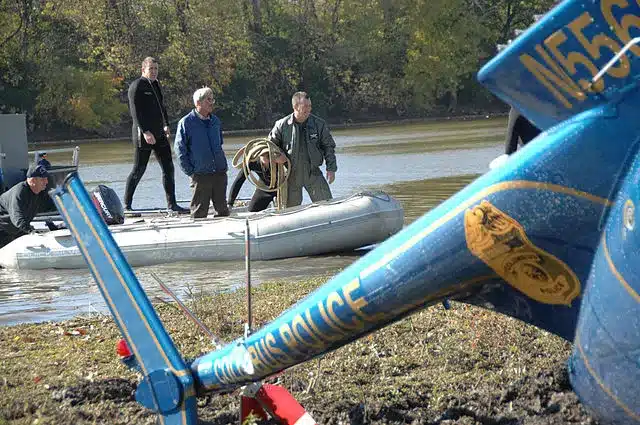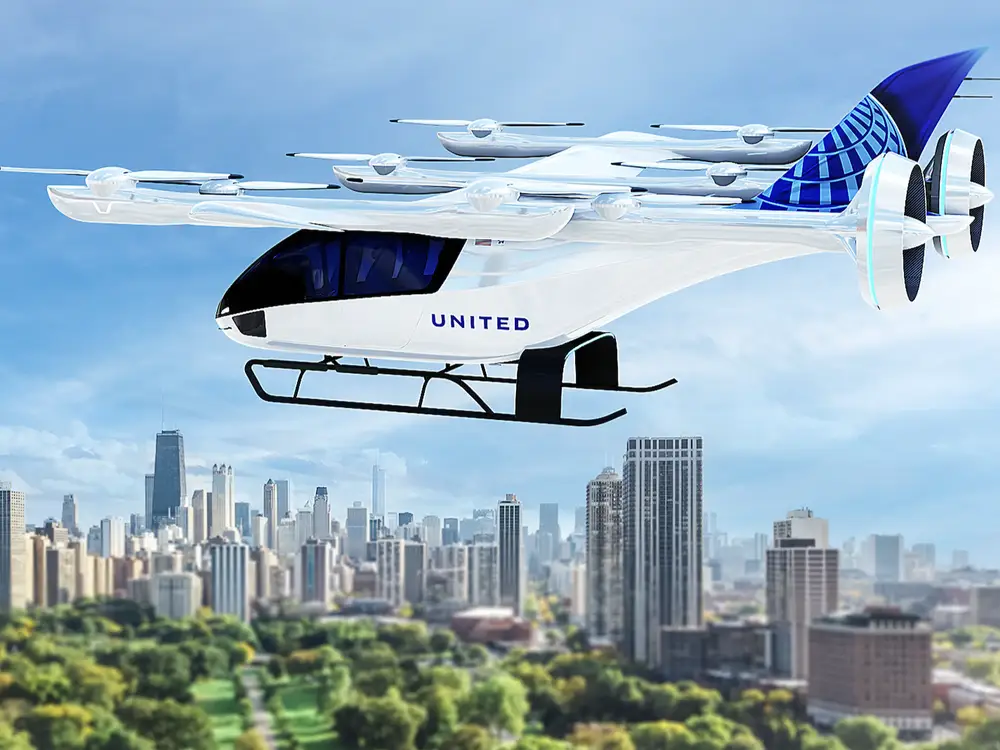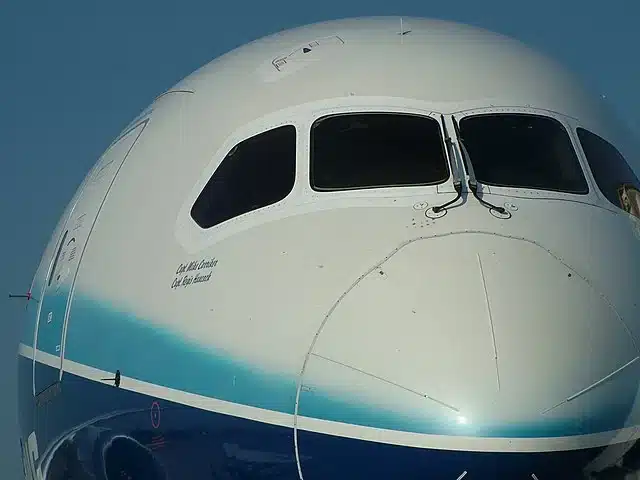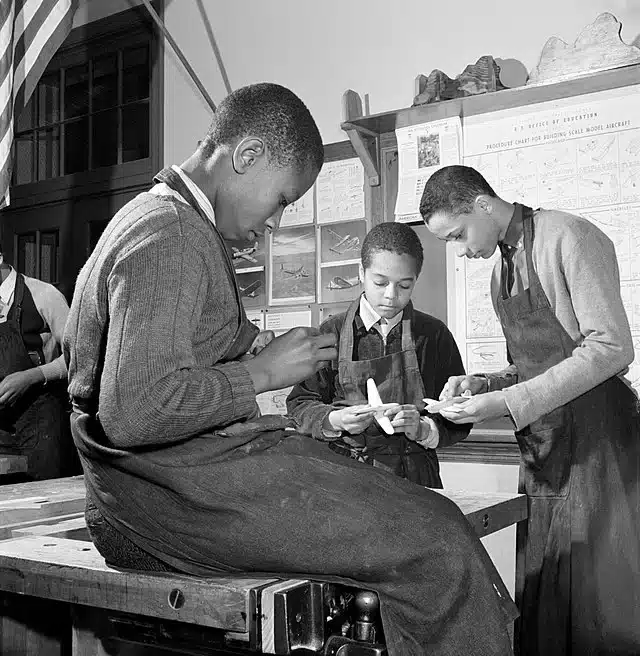Understanding Risk Assessment in Helicopter Crashes
Helicopter crashes make the news. Especially deadly crashes where famous people are involved. We know why these incidents capture the public’s attention (hint: it’s a combination of our ability to imagine the visceral final moments combined with our need to process issues such as eccentricity and fate). But this is not that article.
We have an article on hiring private jets and how a lack of care and attention can get you in big trouble. There are folks out there with shiny, Insta-worthy jets but pilots with no licenses. If you are a famous sports star planning a charter – there’s a couple of great questions for your pilot over there.
What causes Helicopter Crashes in 2023?
If you only have a minute
- Pilot Error is the primary cause of helicopter crashes (68%).
- Second is Technical Failures (20%), third is Weather (8%).
- Most crashes happen en-route (31%), or while Maneuvering* (24%)
- Helicopter control is hard. Spatial Disorientation is easy.
- Mid-Air collisions are rare (0.015% of all crashes)
- Walking into Rotor blades (or the tail rotor) are extremely rare.
*Maneuvering is defined as flying in controlled turns and elevations (Air shows, Sightseeing, Aerial Observations, Animal Hunting/Herding)
This article is meant as a lesson in how boring, tedious planning saves lives. Every crash is a poignant reminder of the critical need for rigorous risk assessment practices and command and control methodology.

Keeping Rotorcraft Communities Safe
Firstly our thanks to Aviation Safety Network. All accident and incident data is publicly available at their site. You can find Helicopter crashes as well as all other aircraft types. Our accident study period is from Aug 2023 back to July 2022, but we ignored incidents from military operations (mostly Russia/Ukraine).
When we dissect the data a simple fact emerges: the vast majority of these incidents can be attributed to pilot error. Our recent study on fixed wing accidents (via the same data source) showed that pilot error was 40%, second to technical failures.
Below is the statistic infographic.
But first, let me give you some reason to delve into the rest of our article. Commercial aircraft are safe because of the myriad of people involved in the preparation, operation and monitoring of each flight. From the Ph.D Quality Assurance Manager inspecting every rivet at Boeing, to the post flight walk-around by our Senior flight crews. Fixed wing aircraft flight phases are also limited and controlled.
Most helicopter operators can afford this. But the ones that do, show us how it can be done. Take the Offshore Sector. The most challenging, harsh and riskiest types of operations – is the safest. However, they don’t content with trees, electricity cables or changing landing sites every 5 minutes.
Embed This Infographic:
<img decoding="async" src="https://wingtalkers.com/wp-content/uploads/Helicopter-Crash-Analysis-2023.png" title="Helicopter Crash Analysis" width="600px">
<br/><small>Sourced from: <a href="https://wingtalkers.com" target="_blank" title="WingTalkers">WingTalkers.com</a></small>
Incidents
Flying Helicopters is hard. Really hard. The intricate challenges of low-level flying, unfamiliar terrains, weather and the inherent complexities of maneuvering helicopters. All inside a dizzying array of changing pressures, air-flows highlights the impossible array of threats. Helicopter pilots are a rare and talented bunch. The Problem : We ask too much of them.
Today, with the evolution of electric Vertical Takeoff and Landing (eVTOL) aircraft on the horizon, the lessons we glean from these crashes becomes all the more critical. eVTOL aircraft presents innovative opportunities but also formidable challenges. Mirroring many of the operational phases faced by traditional helicopter companies. The top eVTOL classes will have the following flight phases :
Tilt-Rotor Flight Phases
- Hovering
- Taxi
- Lift-Off
- Climb
- En-route
- Maneuvering
- Approach
- Landing
- Standing
The solution lies in the incorporation of better planning, such as command and control centers, that can facilitate meticulous route analysis, real-time risk analysis, and enhanced pilot support. If we can somehow get this support to those pilots, we might start to reduce the number of helicopter crashes ( circa 500 per annum). And yes, we should copy automated systems in use with cars.
What is the most common cause of a helicopter crash?
Pilot error.
But this “error” in nearly all cases was a combination of factors that have resulted in crashes. In fixed wing incidents, we have discussed what is known as the “Startle effect”. Commercial transport pilots, it has been revealed, when faced with anomalies can experience a period of confusion derived solely from the unexpectedness of a problem. 30-60 vital seconds are taken up by the need to adjust to a new reality where focus is narrowed considerabley.
We have no doubt that the startle effect also happens to helicopter pilots. Who have far less time to react to new information or are confused by what is happening outside their aircraft versus what their instruments or instincts are telling them.
A lot of the reports contained some key recommendations?
- Pilots failure to consistently check power reserves (especially during the hover)
- Questionable training records or training pathways
- insufficient safety margins allowed
- Limited experience for the terrain/environment
CFIT - Controlled Flight into Terrain - Number 1 killer
42% of all crashes involved a loss of control inflight followed by impact with the ground.
In Airline Operations, the line between clear skies and sudden turbulence can be as thin as a cloud’s edge. While many helicopters are certified to operate under Visual Flight Rules (VFR) conditions, the unpredictable nature of weather can unexpectedly thrust them into the realm of Instrument Flight Rules (IFR). These unexpected transitions from clear visibility to reduced or obscured conditions can swiftly diminish a pilot’s situational awareness and increase the likelihood of errors.

In these scenarios, the helicopter’s maneuverability becomes a double-edged sword, demanding precise control even as the pilot navigates through less-than-ideal weather. The potential consequences of these abrupt changes highlight the critical importance of honing pilots’ skills for both VFR and IFR scenarios. Bolstering their adaptability and decision-making abilities to ensure safe outcomes amidst the atmospheric unknown.
Top Helicopter Crash Stories 2023
First a caveat. The Aviation Safety Network files can sometimes be brief and lack detailed information. Or be preliminary reports. These are certainly not the full aviation accident investigator reports. Some might argue that a percentage of en-route crashes might be due to technical failures. Our opinion is that this just cannot the case. Our humble opinion is that technical issues arising during (and only) during the en-route/cruise phase is not feasible. What is far more feasible are environmental factors, task overload and fact-changing situations.

Humans make errors. This has been and will always be the case. The more risk, the more variables (and the more time we spend in these situations) the more errors we will make.
Helicopter pilots spend all of their time within these environments. They do so with extremely high hour : cycle ratios. This means more take offs and landing and more flight phases per hour than their commercial fixed-wing sisters and brothers.
They operate amongst a multitude of ground hazards – They must, as part of their role. They do so in that part of the air column that is more disrupted by air flow. Rotorcraft also create their own lift (via the blades) that can be affected by the pilots skill level.
Helicopter Control difficulty
Thanks to our friends over at Aerial Stage. If you would like to learn one thing about helicopter control we suggest the “Vortex Ring State”.

Helicopter Midair collisions
Mid air collisions are extremely rare. They are limited to scenarios where multiple aircraft are executing non-standard maneuvering – such as firefighting helicopters (Cabazon Cal fire that killed Josh Bischof and Tony Sousa), military operations or air shows where one pilot deviates from procedures and the 2nd helicopter is not warned. But mid-air’s can be filed under “impacts with X” where X can be cables, terrain, trees or the ground. What has happened? The pilot is focused on control, the ground and his next point of movement in three dimensional space. This leaves very limited room – at very low height – for variables.
Maritime Helicopters
It’s true that Offshore/Maritime helicopters are a fraction of the global fleet. But their safety stats should give us some clues as to where the dangers lie. If most errors are en-route in meteorological conditions then what are these organizations doing that’s protecting the pilot?
They certainly have bigger, better equipment aircraft designed for VFR to IFR and into IMC conditions. But in our view these helicopter operators have the “command and control” framework a pilot needs. Pre-flight and risk-assessed operations, pilots have all of the necessary weather updates, knows his diversion options and are fully prepared (and equipped) to ditch if it all goes south. Same goes for EMS Helicopters.
Helicopter Crashes - Impacts with Cables
Of of crashes we studied, there were more instances of rotorcraft impacting with cables than there were emergency landings, or impact with trees, birdstrikes or runway incursions. 30+ events where a helicopter struck cables and crashed. Now there are systems available to prevent this. Magellan have the Wire Strike Protection System. But this raises a key issue with regards to operating helicopters. Cost.
The more systems or detectors or safety equipment you have, the more cost you have in your operation and the more weight (less payload) you have on an asset where payload is measured in the lbs. not tons. Then there’s the extra training required for pilots who need to operate these system and receive the adequate FAA or EASA certification.
Single Point of Failure
Helicopters hold a unique place in transportation. Unlike other flying vehicles, the safety of both pilot and passengers hinges entirely on the meticulousness of those who maintain it. The repercussions of helicopter component failures are often grave. Traditional single rotor helicopters encompass numerous components, and the failure, even partially, of any of these components can result in emergencies or crashes.
While the detachment of a main or tail rotor blade during flight is rare, the failure of components like hinges, pins, pushrods, gears, and fasteners has frequently led to helicopter accidents.
What goes around
Although the scheduled hangar time for helicopters notably surpasses that of fixed-wing aircraft, the key distinction lies in the frequency of routine component replacements. Consider purchasing a new Robinson helicopter, where major systems are replaced after 2200 hours, regardless of meticulous flight operations. This embodies the cost of ensuring safety in rotary wing aviation.
What happens if the engine fails on a helicopter?
Rotor blades are the “wings” of a helicopter. Providing the lift component of flight. But that lift is only generated when they’re spinning – with the help if the engine. If the engine quits – no more lift. But just like fixed-wing aircraft, if you have enough forward motion, you can generate enough wing-lift to get you to safety. If a helicopter engine fails, the pilot will disconnect the engine and the rotor blades in an attempt to keep them spinning enough that – combined with forward motion – he can glide/parachute with enough blade lift to the ground in safety.
Autorotation Explained - Video

This maneuver is called “Auto rotation” in a helicopter and it allows the pilot to make an emergency landing even if the engine fails. To perform auto rotation, the pilot reduces the collective pitch and uses aerodynamic forces generated by the rotor blades to maintain altitude. The descent rate of the aircraft is controlled by adjusting cyclic pitch, and the forward speed of the aircraft is maintained with airspeed.
What can eVTOL Operators Learn from Helicopter Crashes?
eVTOL manufacturers have two goals. A Design Type Certificate and a Production Type Certificate. These key documents prove to the Aviation Authorities that their vehicle is built and designed so that it swill perform when built and tested. And into the hands of Pilots and under the control of maintainers and air traffic controllers.
We like to focus on the emerging electric vertical takeoff and landing (eVTOL) sector. These air taxis aim to operate like helicopters, with urban deployment potential. While industry leaders like Bell and Airbus endorse this “urban air mobility,” some helicopter operators share the enthusiasm, while others are skeptical. This skepticism is partly due to Uber’s ambitious claim of launching eVTOL air taxi services by 2023, considering the time-consuming FAA approval process even for established helicopters like the Bell 407.
Moreover, there’s resentment within the traditional helicopter industry towards increasing autonomy in new aircraft. Although initial eVTOL models will have pilots, companies like Uber eventually plan full autonomy. Simplified flight dynamics and better envelope protection in eVTOLs reduce the need for specialized helicopter pilot skills. Autonomy is also infiltrating conventional helicopters, as seen in Sikorsky’s tablet-controllable S-76B and optionally piloted Black Hawk, which autonomously navigate around obstacles.
While autonomous passenger aircraft face certification challenges, it’s clear from our stats that human pilots struggle with cloud-bound helicopter control, except under strict IFR conditions. Without embracing IFR operations for marginal weather, these VFR-into-IMC accidents will occur until technology redefines the role of human pilots.
Electric Power (eVTOL) versus Gas Turbine Power
Electric Power: Electric power is a relatively new technology in aviation. It utilizes an electric motor to convert electrical energy into mechanical energy. This type of propulsion system has several advantages over traditional fuel-based systems. For example, electric motors are usually more efficient than combustion engines and do not produce any exhaust or noise pollution. Additionally, electric motors are lighter and require less maintenance than traditional engines.
Gas Turbine Power: Gas turbine engines use a combination of air compression and fuel combustion to generate thrust. This type of engine is commonly used in larger aircraft due to its high-power output and durability. Gas turbine engines have higher efficiency levels than traditional piston engines, but they also tend to be much heavier and noisier. They also require more frequent maintenance than piston-powered aircrafts due to their complexity.
Firefighting Operations
In recent times, helicopter safety has taken center stage due to a series of tragic incidents. A deadly mid-air helicopter crash involving a Bell 206L-4 helicopter, operated by a well-known helicopter company, shook the aviation community. The accident resulted in multiple fatalities among the people on board.
The fatal crash timing sent shockwaves, with the incident occurring just days after a high-profile news conference discussing aviation safety measures. This incident, along with other crashes, underscores the crucial need for continuous improvements in helicopter safety protocols. As investigations unfold, companies like Sikorsky are pushed to reevaluate safety mechanisms to prevent future accidents and mitigate risks, including the threat of fires erupting from these tragic incidents.”
Into Service Costs
Robinson’s published cost-of-ownership data translates to 23 minutes of hangar time for each hour of flight for a new R44 piston-engine four-seat helicopter. In comparison, a new Cessna 172 SP requires about 13 minutes for the same timeframe. However, the crucial details lie in the details. The R44 necessitates a comprehensive airframe and systems overhaul at 2200 hours, with a component cost of $US120,000. This is in addition to an engine overhaul, priced at $US41,000 according to Robinson.
Robinson’s helicopters, including the R44, have built a reputation for being exceptionally affordable within the helicopter realm, both in terms of acquisition and operation costs. Yet, even these budget-friendly models cannot evade a fundamental characteristic of rotary wing aviation: vibration. This phenomenon is the driving force behind the periodic removal of main components from helicopters at defined intervals, followed by routine reconstruction using new components.
In the aviation industry, there are many different types of power sources. Two of the most popular ones are electric power and gas turbine power. Electric power is typically used for small aircraft such as drones, while gas turbine power is used in larger aircraft such as helicopters and airplanes.









